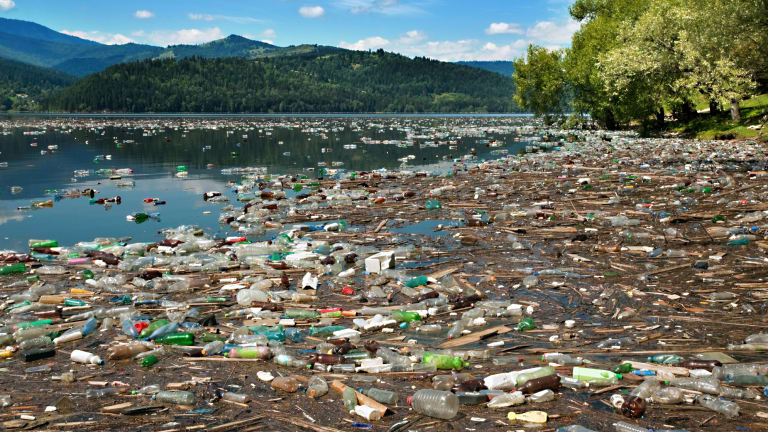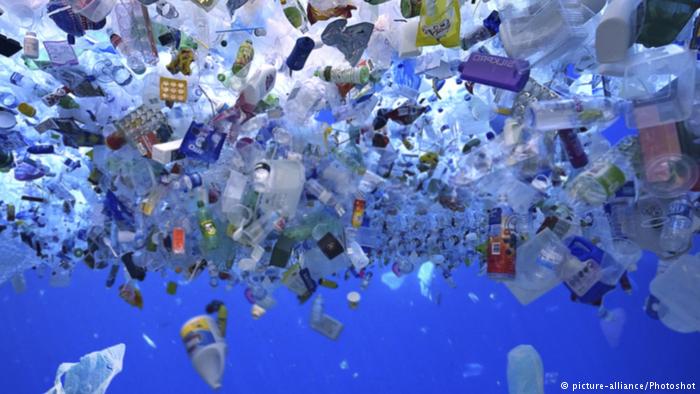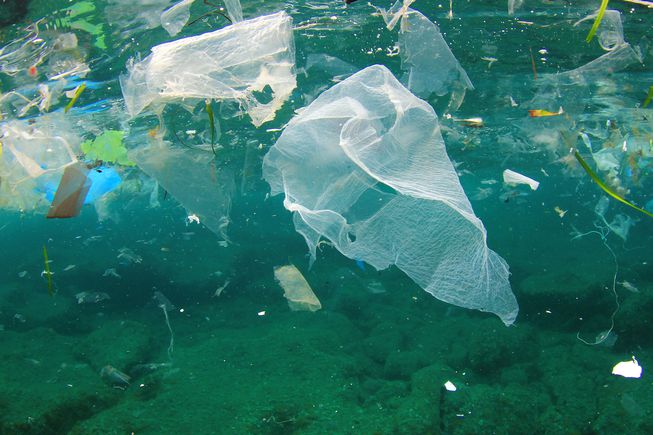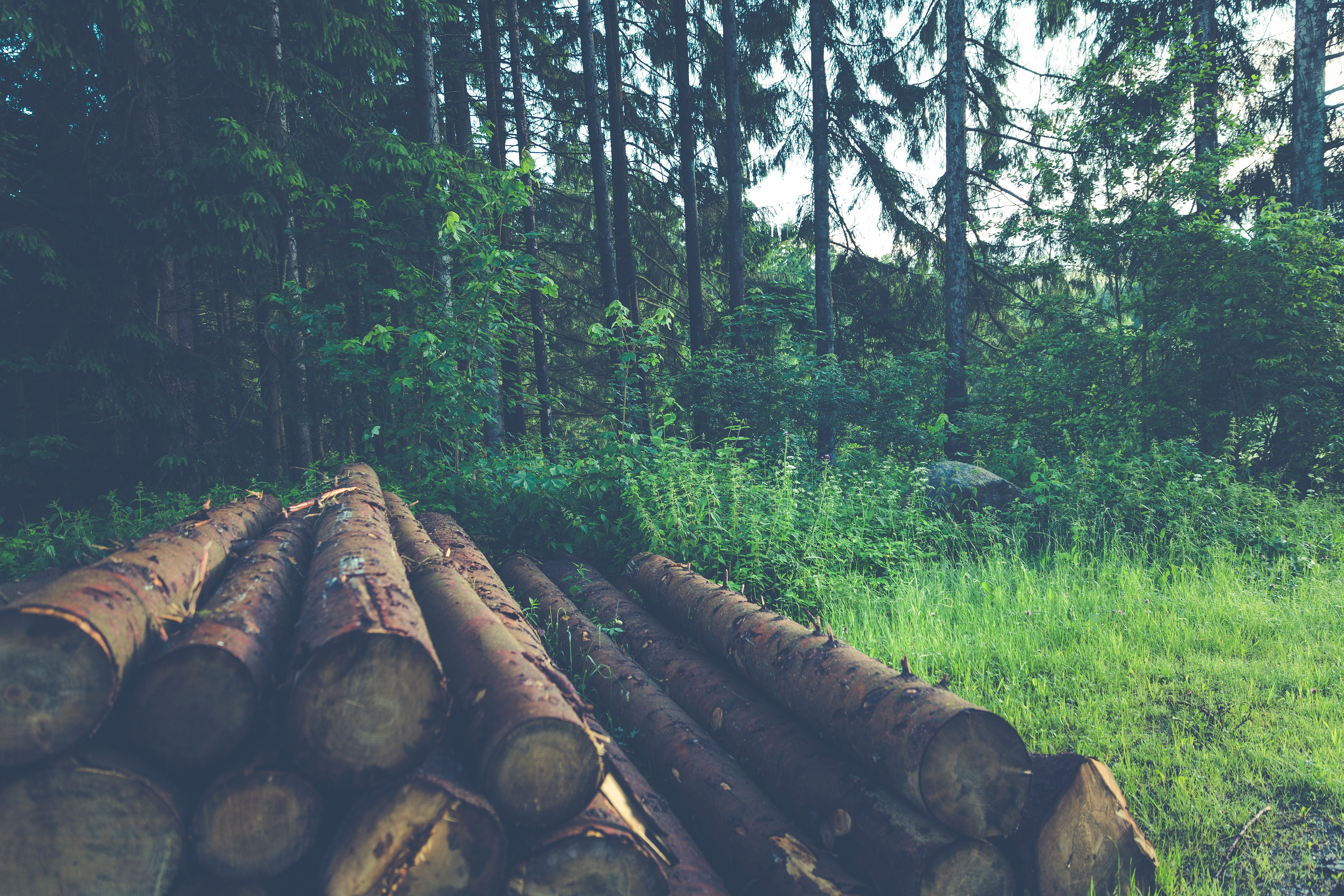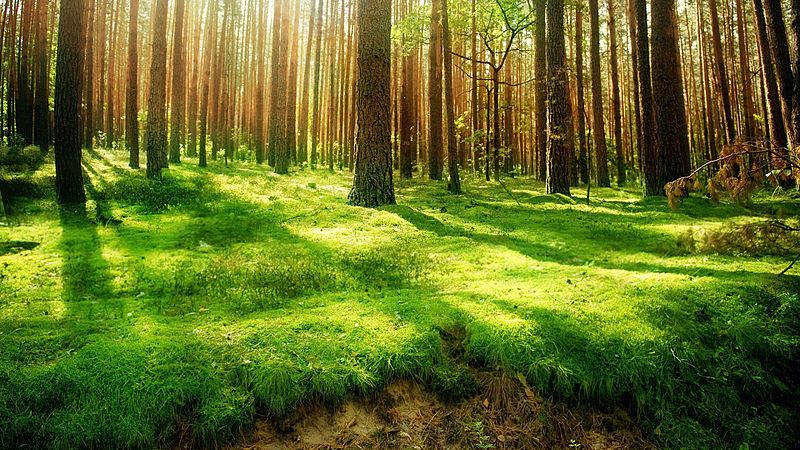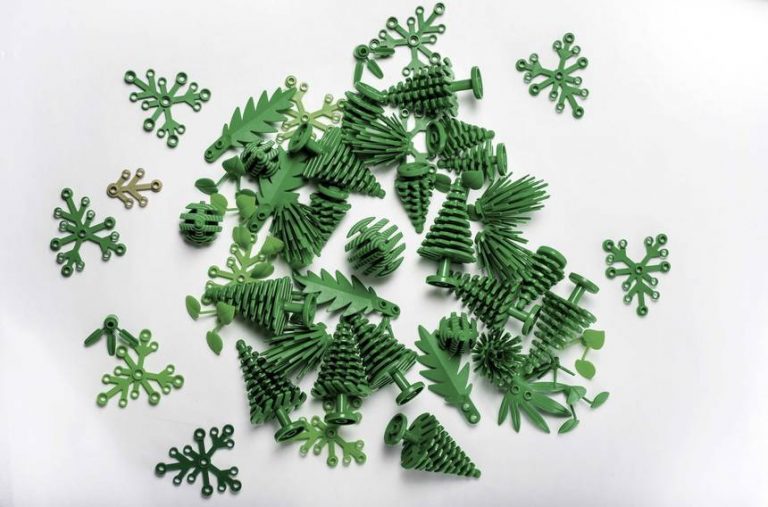Sweden is so good at recycling that, for several years, it has imported rubbish from other countries to keep its recycling plants going. Less than 1 per cent of Swedish household waste was sent to landfill last year or any year since 2011. We can only dream of such an effective system in the UK, which is why we end up paying expensive transport costs to send rubbish to be recycled overseas rather than paying fines to send it to landfill under The Landfill Tax of 1996. The UK has made strides in the proportion of waste recycled under an EU target of 50 per cent by 2020. This has underpinned hundreds of millions of pounds of investment into recycling facilities and energy recovery plants in the UK, creating many jobs. We’re not quite at that target yet. Recycling in the UK peaked at around 45 per cent of all waste in 2014. Since then, provisional figures from the ONS have shown that figure has dropped to 44 per cent as austerity has resulted in budget cuts. The decision to leave the EU could be about to make this situation worse. While Europe is aiming for a 65 per cent recycling […]
Continue reading... →The quest to keep plastic out of landfills and simultaneously satisfy the needs of the food industry is filled with obstacles. The quest to keep plastic out of landfills and simultaneously satisfy the needs of the food industry is filled with obstacles. A biodegradable replacement for petroleum-based products has to meet all sorts of standards and, so far, attempts at viable replacements from renewable sources have faced limited success due to processing and economic constraints. Among the obstacles, products to date have been too brittle for food packaging. But new research from The Ohio State University has shown that combining natural rubber with bioplastic in a novel way results in a much stronger replacement for plastic, one that is already capturing the interest of companies looking to shrink their environmental footprints. Almost all plastics – about 90 percent – are petroleum-based and are not biodegradable, a major environmental concern. Source: Ohio State University Women of Green is TURNING UP THE VOLUME of the feminine voice on the planet in order to create the world we know is possible
Continue reading... →The world is at risk of losing many species on the verge of extension, with dwindling numbers and no end to the process in sight. A journal article by 13 scientists from eight different countries says the world is now in the sixth mass extinction of plants and animals. Other scientists, however, feel that calling the current age a mass extension is a bit dramatic. While scientists agree humans damage the earth and changes should occur to protect species on the edge of extinction and our natural environment, the situation may not be as dire as predicted. As with most things, the truth likely lies somewhere in the middle. One thing everyone agrees on is that some species are in danger of no longer existing. The list grows and changes from year to year, but here are five animals currently on the verge of extinction that might surprise you. 1. Giraffes In 2016, giraffes moved onto the International Union for Conservation of Nature’s “Red List of Threatened Species” report into the vulnerable category. In the 1980s, there were 155,000 giraffes in Africa. Today, the number is under 100,000 — a reduction of around 40 percent. Some ways to protect this […]
Continue reading... →Floating trash collector will try to scoop up the Great Pacific Garbage Patch
Continue reading... →It’s no secret we affect the world around us in both positive and negative ways. One thing a lot of people don’t think about is soil erosion — the tendency of soil to wash away or eroded by water. How do human activities contribute to soil erosion and what can we do to reduce our impact?
Continue reading... →We know. Global warming is daunting. So here’s a place to start: 17 often-asked questions with some straightforward answers.
Continue reading... →A few Earth Day words from our founder Carolyn Parrs to every amazing member of our community!
Continue reading... →Some environmentalists call the move a step in the right direction. Others are concerned about how many acres of rain forest might need to be cleared for sugar plantations.
“You’ll find haters, but it’s way better than petroleum,” Stephen Mayfield, a molecular biologist at UC San Diego, told Mashable.
Switching from oil-based to plant-based plastics cuts the carbon footprint of a product by around 70 percent, Mayfield said.
Continue reading... →The impact of deforestation on wildlife and vegetation is immense. About 80 percent of the world’s land animals and plants call forests home. When their habitats are destroyed, many of them can’t survive. Instead, they are forced out of the woods as their food sources disappear, leading to more run-ins with humans.
Forests also play crucial roles in various ecological processes. For example, they remove greenhouse gases from the atmosphere, so forest destruction worsens climate change. They also play a part in the water cycle by helping to return water vapor into the atmosphere.
With tree cover to shelter it from sunlight, the ordinarily rich soil in a former forest can dry out, making it much harder for those forests to recover.
Continue reading... →